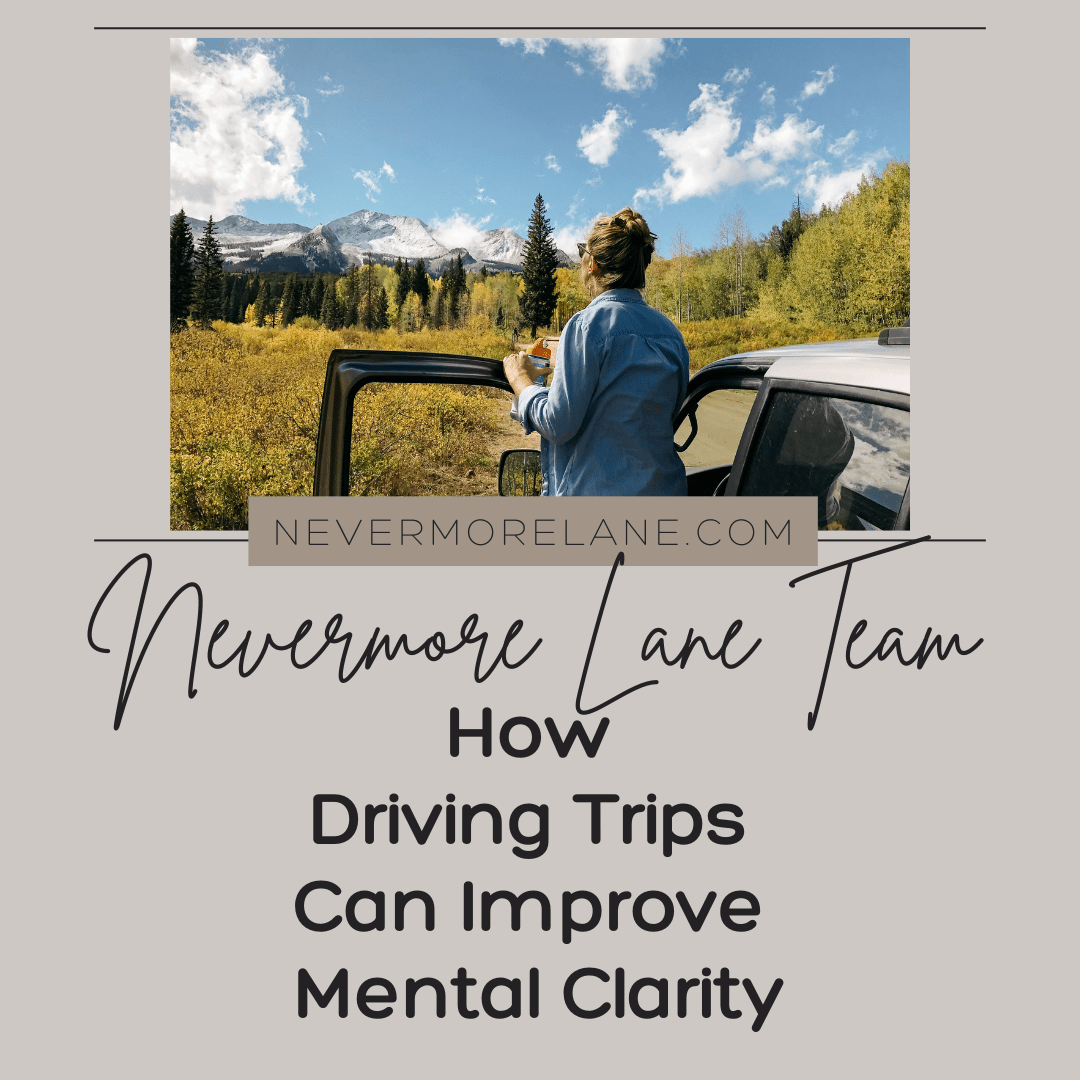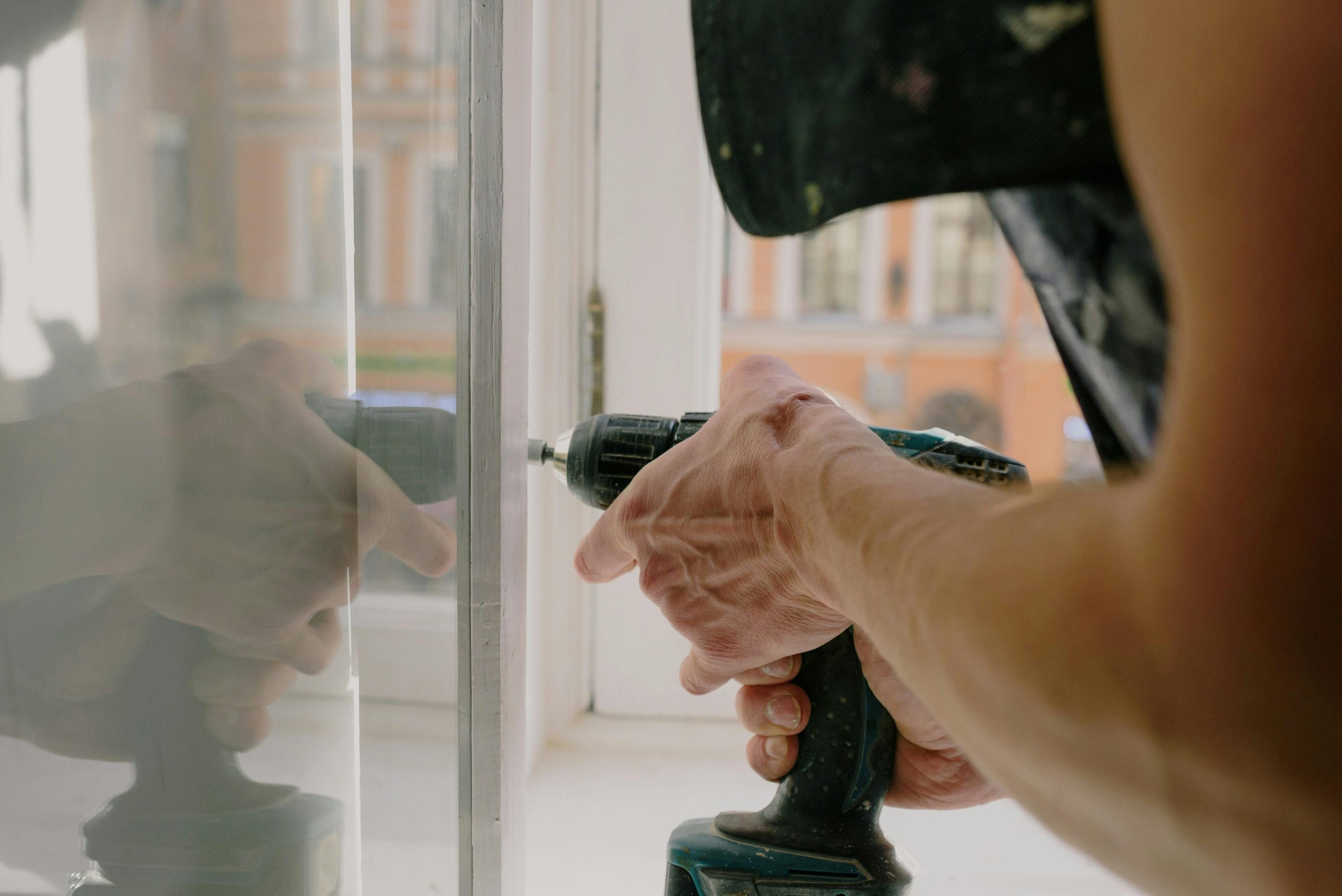The Slow-Life Trends that are Actually Doable
The slow-living movement promises peace and simplicity, but many people find themselves overwhelmed by social media influencers who make slow life look expensive, time-consuming, and completely unrealistic for anyone juggling demanding careers, family responsibilities, and limited budgets. Popular slow-living content often showcases perfectly curated homes, elaborate morning routines that require hours of free time, and lifestyle changes that seem possible only for those with significant financial resources and flexible schedules. The frustration builds when well-meaning attempts to embrace slow living create additional stress rather than the promised tranquility, leaving people wondering if genuine slow living is achievable within the constraints of modern life. Who wouldn’t want to have a nice wellness routine that fits into their life, right?
Photo by Fred Souza
Marketing executive Karen felt drawn to the slow-living lifestyle after experiencing burnout from her high-pressure job, but her initial attempts to follow popular slow-living advice left her feeling more stressed and inadequate than before. She tried implementing elaborate morning routines that made her late for work, attempted expensive home organization systems that exceeded her budget, and struggled with time-consuming cooking projects that conflicted with her demanding schedule. Her breakthrough came when she realized that authentic slow living meant identifying small, sustainable changes that aligned with her actual lifestyle rather than trying to replicate the picture-perfect slow-life content that dominated her social media feeds.
True slow living focuses on intentional choices and mindful practices that can be integrated into real life without requiring dramatic lifestyle overhauls or significant financial investment. The most effective slow-life trends work because they emphasize quality over quantity, encourage presence over performance, and support genuine well-being rather than aesthetic perfection. Sustainable slow living emerges from understanding which trending practices actually deliver meaningful benefits and how to adapt them to fit individual circumstances, schedules, and resources.
You Don’t Have to Wake Up at 5 AM
There’s a lot of pressure to have these picture-perfect morning routines with meditation, journaling, yoga, and somehow also prepping a full breakfast. But realistically? Most people are just trying to get out the door on time. But slow living doesn’t need a 5 AM wake-up call. Even just avoiding your phone for the first ten minutes after waking up makes a huge difference.
No, really, it’s time to use that phone less, maybe try swapping the frantic scroll for a quiet cup of coffee before the madness kicks in. But really, the little things like that set the tone for the whole day without adding another task to the list.
You Need Some Guilt-Free Downtime
For the most part, just doing nothing is harder than it sounds, especially when the to-do list’s a mile long. But the trick’s making downtime feel like an actual choice, not just flopping on the sofa out of exhaustion. Honestly, just having a little evening ritual helps, like lighting a candle, putting on a cozy playlist, or spending five minutes stretching while half-watching TV. It’s not about being perfectly relaxed; it’s about having little moments that feel good instead of letting the day completely steamroll you.
If the idea of proper relaxation sounds amazing but impossible to pull off at home (if you have kids or live in a noisy area, then yeah, this is true), then it could help to go to a spa instead. So, a quick scroll through places like Spencer’s Spa official website can make it easier to plan a proper slow-down session without overthinking it. It might even help to get a membership, too (because you deserve to have regular downtime).
It’s Time to Take the Rush Out of Breaks
Are you guilty of this one? Well, most people eat lunch while working or skip breaks altogether, but that’s the fastest way to burn out. Even the busiest workdays feel less miserable with a little slowdown time. Stepping outside for ten minutes, eating without distractions, or even having a quick chat that’s not about work can flip the mood completely.
You absolutely need to see breaks as something that’s not lazy. Instead, they’re fuel. And they make getting through the afternoon way less painful.
Embrace Realistic Slow Living That Fits Your Life
The beauty of truly doable slow-life trends lies in their ability to create meaningful change through small, consistent adjustments rather than overwhelming transformations that require perfect conditions to maintain. These practical approaches to slow living recognize that most people need solutions that work within existing schedules, budgets, and family responsibilities while still delivering the peace and intentionality that draw people to the movement. The most successful slow-living practices become natural extensions of daily routines rather than additional tasks that create stress or guilt when life gets busy.
Sustainable slow living develops through experimentation and adaptation, allowing individuals to discover which trends genuinely enhance their well-being and which ones simply add complexity to already full lives. The key lies in approaching slow-life trends with curiosity rather than pressure, testing small changes that feel manageable and building upon what works while releasing what doesn’t serve your unique situation. This personalized approach ensures that slow living becomes a source of genuine comfort and clarity rather than another standard to meet or lifestyle to perform.
Your journey toward sustainable slow living begins with recognizing that the most powerful changes often come from simplifying rather than adding, choosing quality over quantity, and prioritizing presence over productivity in ways that honor your real life rather than an idealized version. The doable slow-life trends that create lasting impact are those that support your values and well-being without requiring you to completely restructure your world or abandon your responsibilities. When slow living becomes a gentle practice of intentional choices rather than a rigid lifestyle standard, it transforms from an aspiration into a sustainable source of peace and satisfaction within the life you already have.






